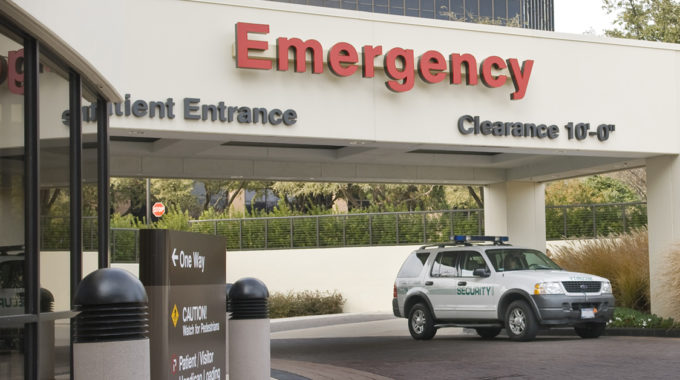
Avoiding Aggressive Cancer Care at the End of Life
Multiple medical guidelines recommend limiting the use of aggressive treatments at the end of life and making hospice the main part of care.1-3 Experts tend to believe that recommending expensive and uncomfortable treatments when patients have only weeks to live and when the treatments have very little chance of extending life mostly degrades a person’s quality of life without providing any real benefit to the patient. The latest study on the subject suggests that America is meeting its goal of avoiding chemotherapy at the end of life, but perhaps not other aggressive care.4
Dr. Aaron Falchook and fellow researchers found that 10% to 14% of cancer patients received chemotherapy within the last two weeks of life, which is considered within guideline goals. However, more than half of cancer patients experienced a hospital admission in the last 30 days of life. Falchook’s study is different from previous studies. His group focused on patients younger than 65, where previous studies have looked at older patients. Falchook and colleagues reached their conclusions after combing through the medical records of 60 million people across 14 states.
What Is Aggressive Cancer Care?
Guidelines have categorized the following activities as aggressive cancer care:
- Chemotherapy within the last 14 days of life
- Intensive care in the last 30 days of life
- More than one emergency department visit in the last 30 days of life
The recommendations against aggressive cancer care serve only as guidelines, not hard and fast rules. Patient preference and physician judgment should factor into how each individual situation is handled. Therefore, researchers look at the percentage of times these things happen allowing for the concept that sometimes these procedures are the correct approach. When doctors or facilities deliver more aggressive care at the end of life than would be considered normal, it’s a sign that there may be opportunities for improvement in care.
Are Hospice Admission Guidelines Being Met?
The National Quality Forum considers timely hospice enrollment a standard of high-quality care.5 The current study found that 50% to 60% of hospice patients received hospice care, but the referrals tended not to be timely. Only 10% received the recommended 90 days of hospice care. Six percent of people only received hospice for three days. The researchers didn’t count the people in hospice for one or two days as even having received hospice. The authors of the current study suggest that late hospice enrollment may cause the relatively high hospital usage in the last month of life. Timelier and more prevalent hospice enrollment would enable people to receive medical care in the comfort of their own homes while having nurses on call 24 hours per day.
References:
- Schnipper L, Smith T, Raghavan D, et al. American Society of Clinical Oncology identifies five key opportunities to improve care and reduce costs: The top five list for oncology. J Clin Oncol. 2012; 30 (14): 1715-1724.
- Sohal D, Mangu P, Khorana A, et al. Metastatic pancreatic cancer: American Society of Clinical Oncology clinical practice guideline. J Clin Oncol. 2016; 34 (23): 2784-2796.
- Basch E, Loblaw D, Oliver T, et al. Systemic therapy in men with metastatic castration-resistant prostate cancer: American Society of Clinical Oncology and Cancer Care Ontario clinical practice guideline. J Clin Oncol. 2014; 32 (30): 3436-3448.
- Falchook A, Dusetzina S, Tian , et al. Aggressive end-of-life care for metastatic cancer patients younger than age 65 years. JNCI: Journal of the National Cancer Institute. 2017 Sep 1; 109 (9).
- National Quality Form Measure #2015 & 2016. http://www.qualityforum.org/QPS/ 2015; accessed April 30, 2018.





